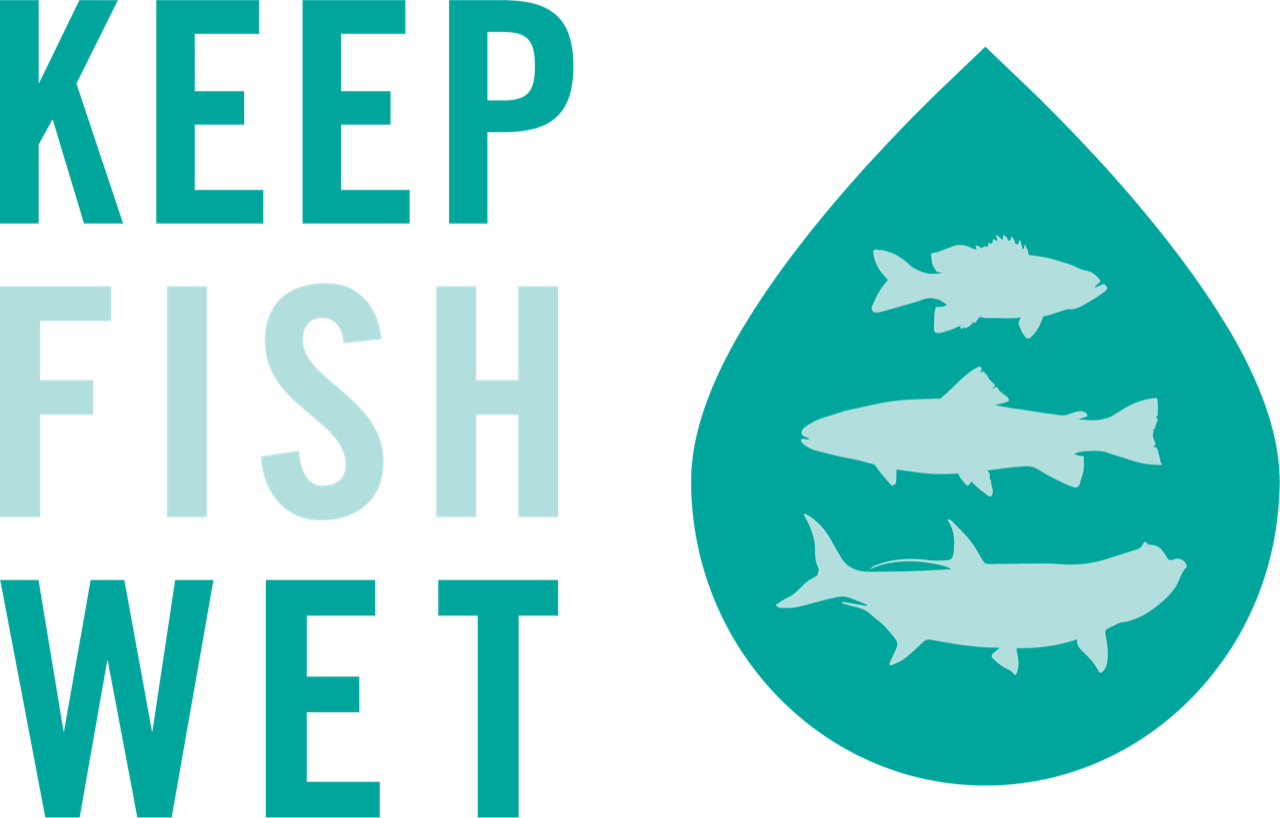Alphonse Island
by Sascha Clark Danylchuk
There are certain places on this planet that make my heart happy. They tend to be places with less people, more nature, long views, and warm weather (or at least visited during the summer). Some are places that have helped shaped who am I, and some are new places that I have only just discovered. These places stick to my heart and in my brain, and are revisited frequently in thought, if not in the physical sense.
My seven year old reeling in her first unassisted bonefish. Andy Danylchuk photo
Eye spy… Nick Jones photo
I just returned from a trip to a newly discovered such place. Filled with prehistoric looking land animals and more abundance and diversity in the water than I have seen anywhere else, the Alphonse Group of islands in the Seychelles is wondrous, not to mention home to a plethora of my favorite fish, bonefish. Although many anglers visiting Alphonse set their sights on giant trevally (GT), Indo-Pacific permit, triggerfish, milkfish, and offshore species such as wahoo and sailfish to be caught on the fly, bonefish likely play a critical role in the ecology of the flats ecosystems in the Alphonse group, including being important prey items for GTs and other apex predators.
The animals on land are just as amazing as those in the sea at Alphonse! Sascha Clark Danylchuk photo
With this in mind, a consortium of organizations has embarked on research to better understand the recreational fisheries of Alphonse. This project is unique in that it was initiated at the behest of Blue Safari and the related Alphonse Fishing Company; an example of their dedication to conservation and sustainable recreational fisheries.
The first step in this process currently being carried out is an examination of the movements of GTs. It is not known how territorial GTs are, how far they move away from the atolls where they are commonly found, if they become “hook shy” and, if so, how long it takes for them to revert back to “normal” behavior. Having such information will help facilitate the sustainable management of GTs, and create better angling experiences for guests.
It takes a lot of help to tag a GT in a livewell. Sascha Clark Danylchuk photo
The first phase will take several years to complete, however there are already discussions about expanding these efforts to include other species, including my favorite quarry. In the meantime, Alphonse Fishing Company is embracing and teaching the Keepemwet Fishing principles. Not only can you find our information in their island fly shop and on their boats, but they also discuss best practices for handling and releasing fish in their angler briefings and presentations. As one guest commented to me, “I’ve never seen guides who care as much about the fish as the guides here”.
For updates about the research project, visit www.alphonsefishingco.com
Keepemwet Fishing info in the Alphonse Fishing Co. fly shop. Andy Danylchuk photo



























